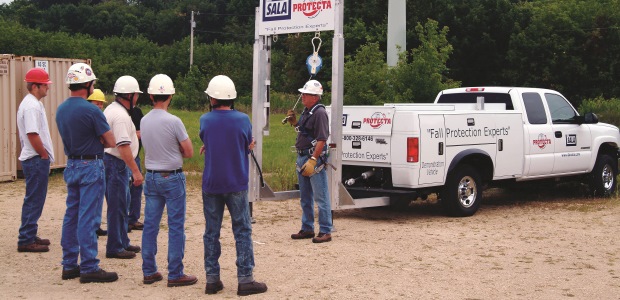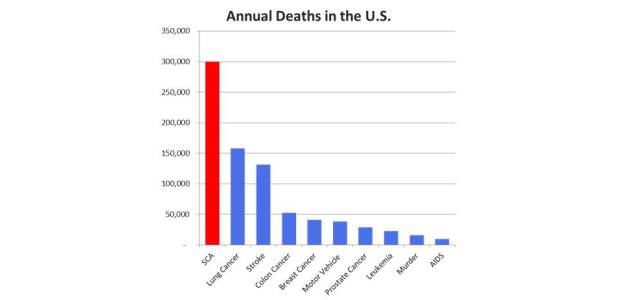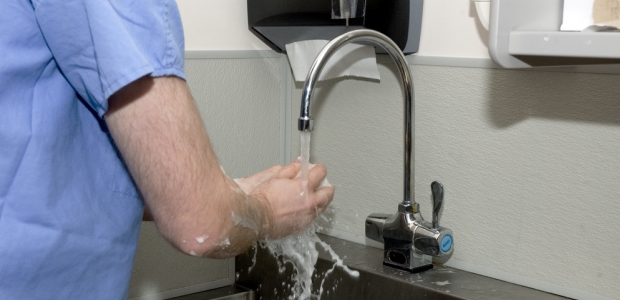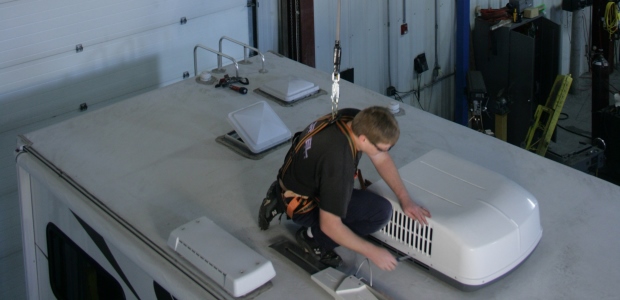
By Robert Kravitz
This is a perfect time for employers to become more familiar with ways in which they can protect their workers from head, face, and eye injuries.

By David Shutt
Because the food-processing environment is multifaceted, no one glove can be considered the industry standard.

By Dan Keener
When a person is performing atmospheric testing, he or she must accurately sample the atmosphere to ensure no hazardous gases are present.

By John Ehinger
Given the known prevalence of SCA, prudence dictates recognizing cardiac arrest in the safety planning process.

By Barry R. Weissman
OSHA's respiratory regulations require that you have a written program outlining your company's usage of respirators. The program needs to be reviewed annually.

By Robert Eric Dinenberg
We all feel the hurt when employee health is not addressed.

By Robert Kravitz
According to OSHA, 40 percent of all janitorial injuries involve eye irritations or burns; 36 percent are skin irritations or burns; and 12 percent are the result of breathing fumes.

By Kevin Duhamel
According to ANSI standards, fall protection equipment should be inspected by the user before each use and inspected at least once a year by a competent person.

By Greg Slusser
The latest research, best practices, and results show these life-saving devices are appropriate for workplaces everywhere.

By Karen D. Hamel
When respirators are used to lower exposure to respirable crystalline silica, employers must establish a written respiratory program meeting the requirements of 29 CFR 1910.134.
By Jerry Laws
"We hit a sweet spot. We'll be here for the long haul," Honeywell Life Safety President Mark Levy said Sept. 18.
By Shawn M. Galloway
Great leaders choose an improvement direction after it is clear to them and those who support it precisely where they are going.
By Robert Pater
Practical training for supervisors and managers should both inspire and provide them with tangible skills for making real change occur.